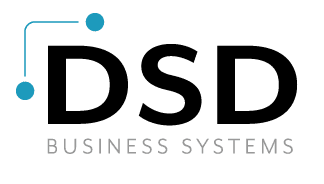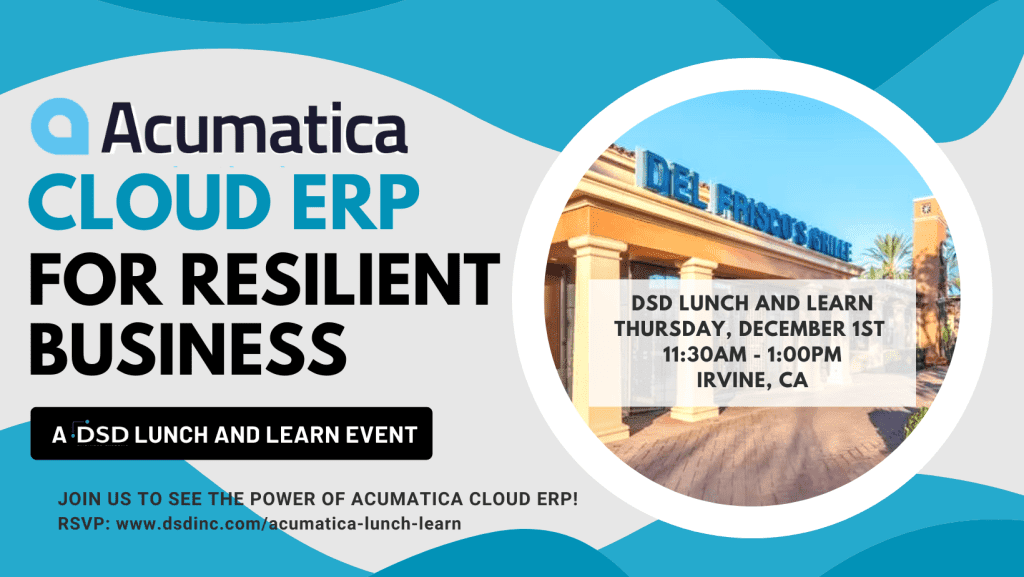Calculating the Internal Costs of an ERP System

When thinking about the cost of an Enterprise Resource Planning (ERP) system, many companies focus too much on the price tag of the system itself. The software and services combined do represent a significant investment but it’s important to remember that the costs associated with an ERP implementation cover more than just hardware and software.
There are also internal costs that need to be factored into any analysis of the ongoing and overall cost of accounting software implementation. From consulting fees to the cost of converting old data, these are the less obvious line items that should appear on your initial ROI analysis and in your eventual budget for the project.
Training Expenses
Existing employees are not only learning a new interface but also a newly developed set of processes. Before training can even begin, these processes will need to be documented and tested. Only then can a training curriculum be developed and implemented – and even then there can be points of miscommunication.
Training people to interact effectively with an ERP system also means training them to think more broadly about what each process needs to accomplish. That’s because the warehouse team and the sales team (and possibly also the finance team and the shipping team) are all using the same software – they have to understand how the data they’re entering impacts other areas of the organization.
Beware! It’s easy to underestimate post-implementation training costs as well as future training costs associated with new personnel and software enhancements. There will always be circumstances that necessitate additional training.
Staffing Expenses
Successfully implementing an ERP system may require staffing changes simply because of the complexity of this type of software. In some cases it will make sense to bring on new personnel who have experience interacting with these systems at a high level. But in most cases, the expense associated with staffing comes from the need to retain and motivate the highly trained people who have been part of the project since day one.
In other words, reasonable salary increases and bonuses can do a lot to prevent turnover that would cost more in the long term.
Travel Expenses
This is one of those hidden costs that seldom make it into the cost benefit analysis companies perform before choosing an ERP system. If a business’ operations are spread out geographically then the people in charge of the ERP implementation will need to conduct a number of site visits to get the system up and running. Flights, hotel stays, and the per diem costs can all add up depending on how many people are working on the project.
Data Conversion Expenses
Your old data – e.g., customer records, inventory, part numbers, and vendor records – needs to be imported into the new business accounting software system and that costs money. Whether it is IT or consultants (e.g., Acumatica consultants) who will be handling the assimilation of this information along with the process overhaul required by the ERP software system, chances are good that there will be overtime involved.
IT staff may even need additional technological and manpower resources plus training as they integrate legacy systems that will coexist with the new system and help teams with necessary hardware upgrades.
Backfilling Expenses
During an ERP implementation there will be points at which your regular employees are working to install the system, testing it, and learning the processes that make it function – and consequently will not be doing their regular duties. These absences can be prolonged and may require that temporary workers are hired to step into the roles of full-time employees so getting the ERP system up and running doesn’t result in a slowdown or even a complete shutdown.
These five internal costs associated with ERP implementation are easy to overlook or simply ignore during the budget creation phase (especially when you’ve outgrown QuickBooks) and can easily contribute to a project going over budget and past deadline. While bringing on consultants can help a company avoid taking key people away from their day-to-day duties it actually makes more sense to let important operational personnel handle tasks related to getting the new system up and running.
They will be back in their own roles soon enough – but this time with the knowledge and experience necessary to ensure that the ERP system eventually pays for itself.

Written by Kayley Bell, Chief Operating Officer at DSD Business Systems




